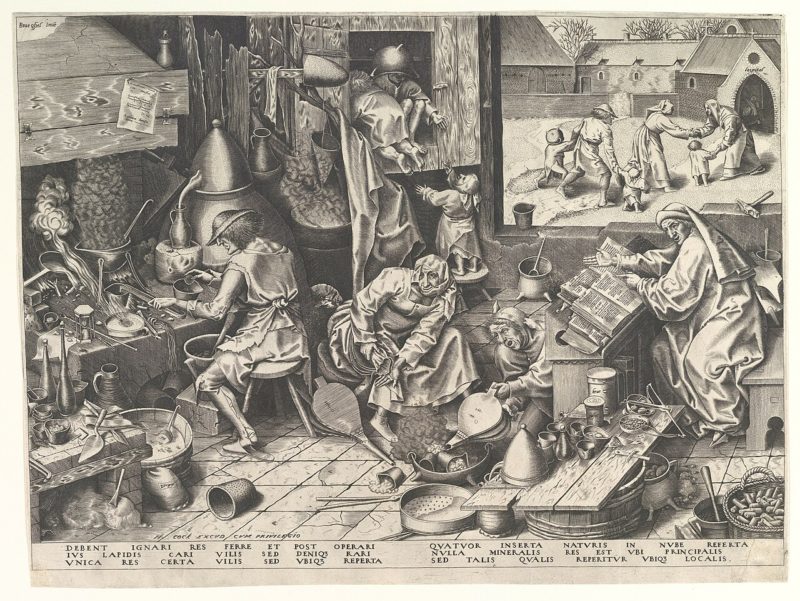Decoding Allegorical Paintings: Unveiling Symbolism in Art

Some objects of art are straightforward, meaning that they generally serve as a direct representation of the artist’s message or intention. It may be a beautiful landscape, a household scene from the old times, or a battlefield scene with many touching elements. However, in many situations, the visual images painted on the canvas are only a part of the artist’s bigger idea; these are referred to as allegorical paintings.
The meaning of allegory is the object’s ability to render a deeper philosophical or spiritual message with the help of various mediums, like text or visual art. Allegorical meanings give paintings immense power to illustrate complex ideas and concepts through seemingly simple and static images, characters, and compositions. Many artists, such as van Gogh, Caravaggio, and Titian, are known for symbolism in their works.
The Principles of Decoding Allegorical Paintings
So, how can one decipher the meaning of allegorical art to capture the author’s deeper messages and embrace the artwork’s value? Experts of the Getty recommend searching for clues that are also usually hidden in the canvas to give viewers a glimpse of the artist’s message.
You should study the facial expressions of the painting’s characters, examine the color palette that the painter used for the scene, and look for minor elements that seem to offer additional interpretations of the artist’s intention. It also makes sense to pay attention to how elements are arranged on canvas and look for repeated symbols and patterns. Contextual clues, or a deeper understanding of the socio-cultural, political, and historical context in which the painter created their works, are also instrumental in decoding the allegorical paintings.
The Alchemist: A Vivid Example of Allegorical Art
A great example of allegory may be found in Pieter Bruegel the Younger’s painting titled The Alchemist. Created in 1600, it is a narrative scene that explores the theme of greed with many allegorical elements. The relentlessly working middle-aged man trying to find the recipe for turning regular metals into gold, his wife with an empty purse without money for making ends meet, and an abandoned group of children playing in the background, all tell an unfortunate story of a foolish pursuit of wealth through alchemy.
A closer look at the painting also shows a prophetic painting hanging on the wall of the alchemist’s house – the destitute family is doomed to begging for charity at the threshold of the church and going to live in a poorhouse because of losing everything.
Thus, allegorical art is a powerful medium for the painter’s dialogue with their audiences across generations. By decoding the multiple layers of meaning in figurative art, you embark on an exciting discovery of unique meanings and messages.

